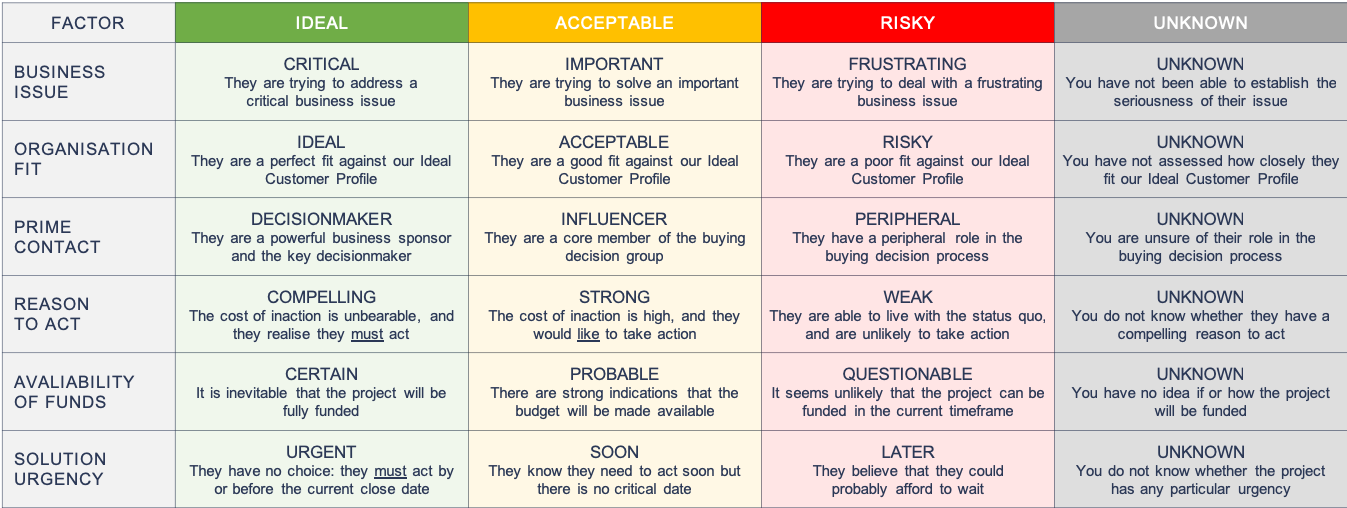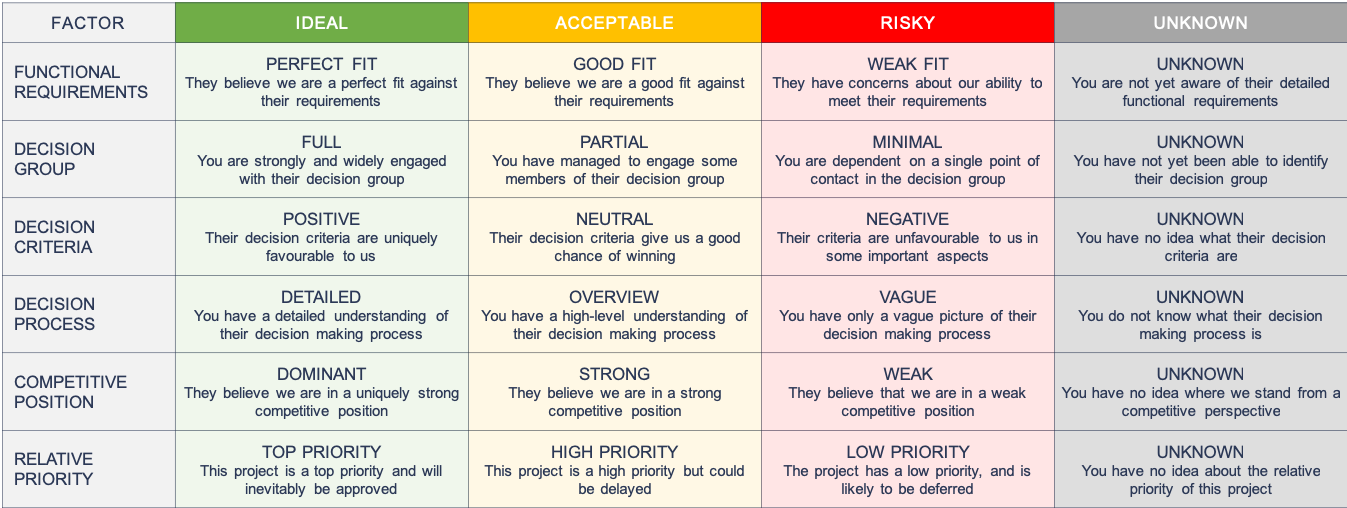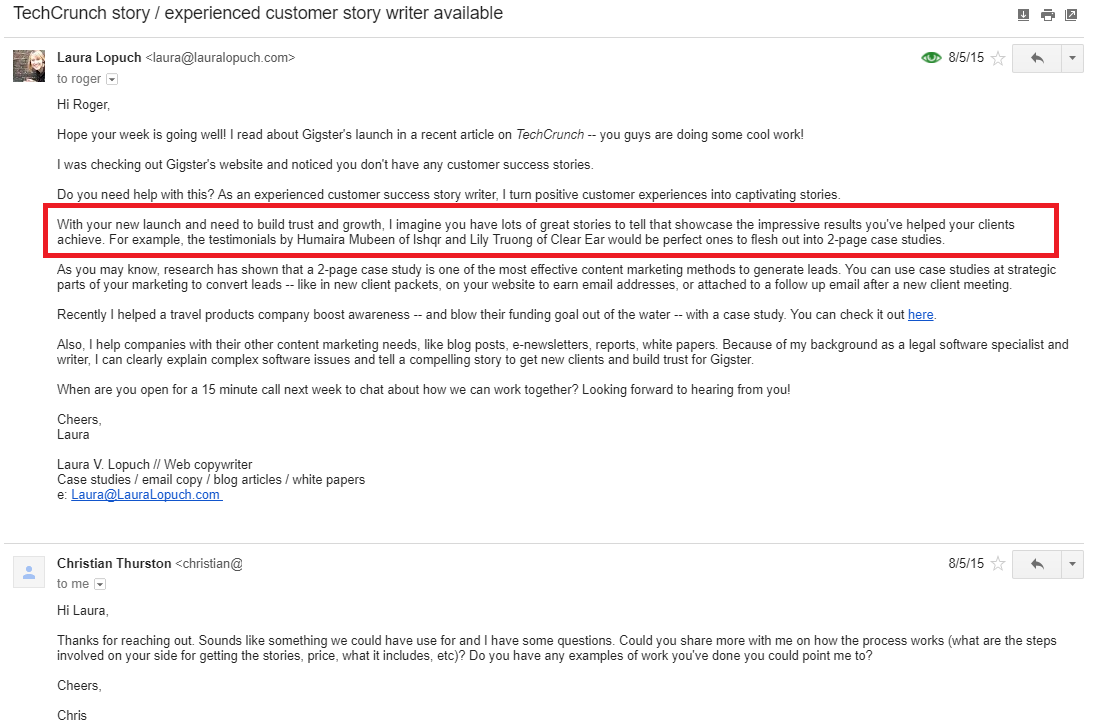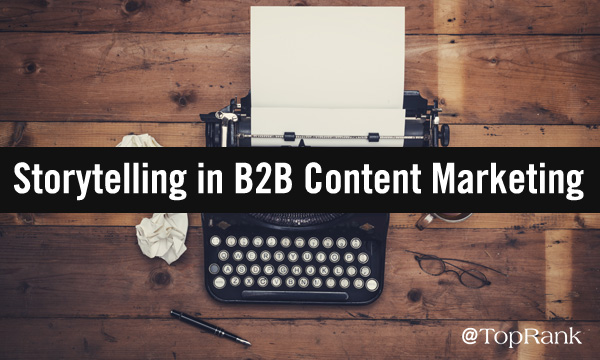Studying sales pitch examples from the best of the best should be compulsory for anybody crafting their own pitch.
Why? Creating a winning sales pitch has never been more challenging. In a recent report, sales expert Marc Wayshak found that only 24.3% of 400 surveyed sales reps exceeded quotas last year.
61% consider selling harder than it was five years ago.
Prospects expect sales pitches to be highly personalized, too. But with the rise of automation tools, sales is more of a “numbers game” than ever, so personalizing a pitch can seem like an impossible task. And of course, every sales leader has a set of sales best practices they believe makes a sales pitch successful.
But best practices often conflict.
Let’s dive into some of the principles that make for an ultra-effective sales pitch, and explore examples that illustrate them perfectly.
Here are the tips and tactics behind these 7 winning sales pitch examples:
- Reference past conversations
- Start your elevator pitch with a question
- Keep it short
- Highlight benefits, not features
- Anchor your pitch in data
- Tell a story
- Keep it conversational, not formal
What Is a Sales Pitch?
A sales pitch is a well-crafted, then packaged sales presentation. Typically, a salesperson gets less than two minutes to explain how their business will benefit the prospect. In some contexts, it is also known as an elevator pitch since, with tight time constraints, you are presented with an opportunity to persuade a prospect to engage in business with you.
The attention span of people in this tech-driven world is ever shrinking. As such, salespeople no longer have the luxury of an hour-long presentation geared towards selling a specific product or service. People no longer have enough time to listen to long sales pitches. Whenever you find yourself giving an hour-long sales pitch, you must restrategize.
A good sales pitch needs to convey the intended message concisely in a compelling manner. If the sales pitch is on point, you are on the right path to making profitable sales. The first few minutes of a business conversation determine the direction your interactions will take. Be sure to use this sales pitch as your attempt to convince the prospect about the superiority of the service you are offering.
If you are selling a product, a sales pitch is your chance to dispel a prospect’s belief about the product. This is when you reassure them of the benefits they will enjoy if they buy the product you are selling.
7 Sales Pitch Examples and Tips
Sales Pitch Example #1 – Reference Past Conversations
If you’ve spoken with your prospect before, don’t start a pitch by talking about yourself, your product, or your business. You’ve already built some rapport, so use it!
Refer back to the conversations you’ve had previously to show the prospect you remember them, and remind them that you understand their problem. It helps if your last conversation included solid discovery questions like these:
- What’s the problem you’re trying to solve?
- How are you addressing that problem today?
- How are you measuring your goals?
| Related: How to Really Run an Effective Sales Discovery Call
At DocSend, we always start our pitch with a review of the most important things we’ve already learned about the prospect and their pain points.
Here’s an example slide:
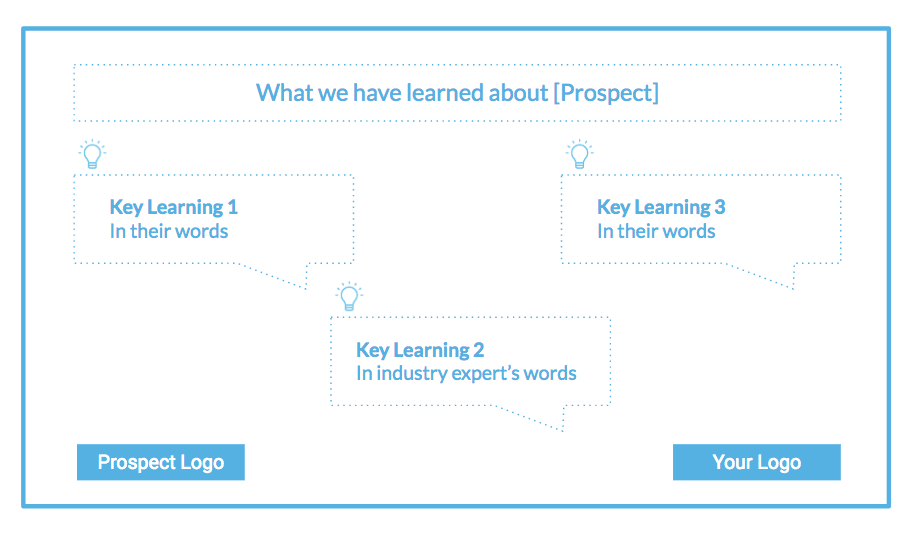
You can also use this technique if you’re pitching over the phone, email or LinkedIn.
Here’s an email pitch example that refers back to a previous conversation:
“Hi Sarah,
Thank you for taking some time to speak with me over coffee at Dreamforce on Tuesday. Loved your booth design!
When you mentioned that you sometimes feel like you’re sending your proposals into a black hole, it struck a chord with me. I had that problem at my previous company, too.
Now at DocSend, I help other media companies – like Mic, for example – solve that problem, by giving them insight into who engages with the document and when.
I think I can help you prioritize deals that show more engagement. Can we talk about it next week sometime?
Lisa”
Sales Pitch Example #2 – Start Your Elevator Pitch With a Question
When asked for an elevator pitch, or simply when asked what they do, most unpracticed reps will say something like this:
“I’m Greg and I work for ACME Corporation. We design, build, and distribute elaborate and dangerous devices to coyotes who want to eat roadrunners.”
Those facts may be true, but just stating facts does not make a good sales pitch! How would Greg’s prospect respond to that statement other than saying, “Oh, that’s interesting”?
A successful sales pitch begins a dialogue. Rather than starting with an opening line that’s all about you, try posing a question.
Check out this example from Chris Westfall, Author of The New Elevator Pitch: The Definitive Guide to Persuasive Communication in the Digital Age:
ARVE Error: src mismatch
url: https://www.youtube.com/watch?v=QuhaX2Zr6xU&feature=youtu.be&t=19
src in: https://www.youtube-nocookie.com/embed/QuhaX2Zr6xU?start=19&feature=oembed&enablejsapi=1&origin=https://www.saleshacker.com
src gen: https://www.youtube-nocookie.com/embed/QuhaX2Zr6xU?start=19Actual comparison
url: https://www.youtube.com/watch?v=QuhaX2Zr6xU&feature=youtu.be&t=19
src in: https://www.youtube-nocookie.com/embed/QuhaX2Zr6xU?start=19&enablejsapi=1&origin=https%3A%2F%2Fwww.saleshacker.com
src gen: https://www.youtube-nocookie.com/embed/QuhaX2Zr6xU?start=19
Here are a few questions that a qualified prospect might say “yes” to:
- Have you ever noticed…
- You know how…
- I’ll never forget when…
- Doesn’t it seem like…
You can also reverse this. If your prospect knows you will try to sell them, they may have their guard up, and they’ll be wary of being pushed towards a “yes”. So instead of asking them to admit they have a problem, you could assumptively say they don’t have the problem.
For example, you could reverse Chris’ pitch from the video and say something like:
“You’re probably paying below 19% in taxes each year, right?”
If they are, they’re not a great prospect! If they aren’t, they’ll tell you all about it—and you can tell them how you’ve helped others like them.
Sales Pitch Example #3 – Keep it Short
You don’t need to tell your prospect everything you can do for them all in your first pitch. In fact, a perfect sales pitch should leave the prospect wanting more.
If you’ve done a good job identifying your prospect’s pain points, and you really understand how your product or service helps alleviate it, you should be able to pitch with one short sentence.
Check out this example from Shultz Photo School’s website:

“We help parents take better pics.”
Notice they don’t talk about lenses, lighting, angles, or composition. They don’t even mention how they help parents take better pictures! They’ve simply identified a specific audience—parents—and stated that they solve a problem they know that audience has.
It’s an extreme example, and a pitch this short might not work in every context, but it illustrates an important point: short pitches are simple. Simple pitches are easy to understand. And when your prospect understands you quickly, it’s easier to have a conversation with them.
Sales Pitch Example #4 – Highlight Benefits, Not Features
This is one you probably hear a lot, but how do you actually put it into action? Here’s one example, from G2Crowd:
ARVE Error: src mismatch
url: https://www.youtube.com/watch?time_continue=20&v=sWsBPJZYrBw
src in: https://www.youtube-nocookie.com/embed/sWsBPJZYrBw?start=20&feature=oembed&enablejsapi=1&origin=https://www.saleshacker.com
src gen: https://www.youtube-nocookie.com/embed/sWsBPJZYrBw?start=20Actual comparison
url: https://www.youtube.com/watch?time_continue=20&v=sWsBPJZYrBw
src in: https://www.youtube-nocookie.com/embed/sWsBPJZYrBw?start=20&enablejsapi=1&origin=https%3A%2F%2Fwww.saleshacker.com
src gen: https://www.youtube-nocookie.com/embed/sWsBPJZYrBw?start=20
“G2Crowd is the user-voice platform for people to be able to say how they actually think about software, and not be told by the analysts, or people who don’t use it, or the reference from your best customers. You’re actually hearing directly from the user and engaging with people who actually use the product.”
I like this pitch because it’s short, but still makes it crystal clear why G2Crowd benefits users.
The rep could have pointed out that G2Crowd collects star-ratings, written, and video reviews, and can confirm whether reviewers are current users. He could have told us that G2Crowd categorizes the reviews in a way that makes it really easy to compare competing software products.
But even if he said all that, the benefit is still that we’re getting the information from real users! Focusing on the benefit helps make the information more relevant to the prospect or customer.
Sales Pitch Example #5 – Anchor Your Pitch in Data
Your prospects hear a lot of claims from your competitors. After a while, and especially if your prospect has made purchases that didn’t pay off, those claims start to sound dubious.
So use clear data from reputable sources as an anchor for your pitch. For example, here’s a slide from Tien Tzuo’s pitch of Zoura, a leading force behind the subscription economy.

Tzuo didn’t simply claim that the subscription economy is the future in his pitch—instead, he introduced concrete, reputable data points that allowed his audience to draw that conclusion for themselves.
Here’s another example. Which is more compelling?
“Optimizing sales content for desktop is a clear and worthwhile priority for today’s sales leaders.”
Or
“Nearly 85% of visits to sales collateral are on desktop, not mobile.”
When it comes to data, relevant specificity is king. (By the way, that stat is true, and is part of DocSend’s Sales Benchmarks Report!)
Boiling down exposition and concentrating on driving home quantitative evidence is a great way to showcase the prevalence and significance of the problem your product addresses. This is key in perking up the ears of your prospect and setting the scene for a memorable sales pitch.
Sales Pitch Example #6 – Tell a Story
If you have a little more time for your pitch, or if you’re preparing for a product demo, create a story that illustrates how your product benefits your customers.
Note: this isn’t the “About Us” slide some people still include in their pitch decks. Your prospect does not care about your founding story, or where your offices are located. Conversely, this story makes your prospect or customer the hero—their problem is the dragon they need to slay, you are their trusted advisor, and your product is the magic sword.
This example already got a lot of attention, but we have to highlight it because it’s become the prototype for storytelling in a pitch deck:
Andy Raskin, a storytelling pro, wrote up a quick analysis of what makes this an effective sales presentation. Here’s the TL;DR version:
- It begins by stating a big change has taken place that affects the audience.
- It names an enemy.
- It teases the “promised land” – what the world will look like for the people who deal with the new change the right way.
- It highlights a few features as ingredients in a sort of magic potion that can bring people to the promised land.
- It brings the point home with some proof that the whole story is true.
Sales Pitch Example #7 – Keep it Conversational, Not Formal
Your elevator pitch should be practiced, but it shouldn’t be a monologue. Just because somebody has asked what you do doesn’t mean they want to hear every little detail.
So, start by giving them just a quick snippet of what you do that will pique their interest. If they verbally (or non-verbally) indicate that they’re interested, that’s your cue to continue.
Brian Walter calls this the WOW, HOW, NOW framework, and it goes like this:
- WOW – Offer up some short, interesting statement that will make the other person think to themselves, “wow!”. This statement might even be slightly confusing, as long as it’s not just industry lingo.
- HOW – If you’ve done the first part right, you got an eyebrow raise, a tilt of the head, or a “huh?” in response. Now’s your chance to clarify and expand just a little bit.
- NOW – End by giving a specific example of how you do what you do.
Here’s an example:
Prospect: “So, what do you do?”
Me: “I help salespeople become the fly on the wall.”
Prospect: “Huh? What does that mean?”
Me: “I sell a platform that lets salespeople see how their prospects interact with their proposals after they send them out. Now, for example, I’m working with one customer to change how they prioritize deals based on how engaged prospects are with the proposals.”
Use Data to Ensure your Pitch is Effective
There are a number of subtle yet undeniable buying signals that can help you identify just how proactively interested your prospect is in your pitch.
For instance, if a prospect asks about pricing, next steps, delivery dates or service level, they’re showing indications that they’re considering moving forward. Other buying signals include statements like, “This would help us accomplish X” or “If/when we use your product, we’d/we’ll be much more Y”.
The drawback to relying on verbal buying signals like these is that they can sometimes be vague, or subjective. Luckily, there are some tools that make it easy to measure how effective your sales pitch is.
Gong.io or Chorus, for example, are conversational intelligence platforms that analyze sales calls to identify ways reps can pitch more effectively.
And I’m biased, but I also think DocSend is helpful. For example, I can see which of my prospects engage with which pages of a document I send them, and prioritize those topics in later conversations.
However you do it—even if you’re just tracking results of your pitches in a spreadsheet—keep track of the flops and wins! Every modern sales team should be using data to inform their pitch, not just going on gut instinct.
The post 7 Successful Sales Pitch Examples and Why They Work appeared first on Sales Hacker.












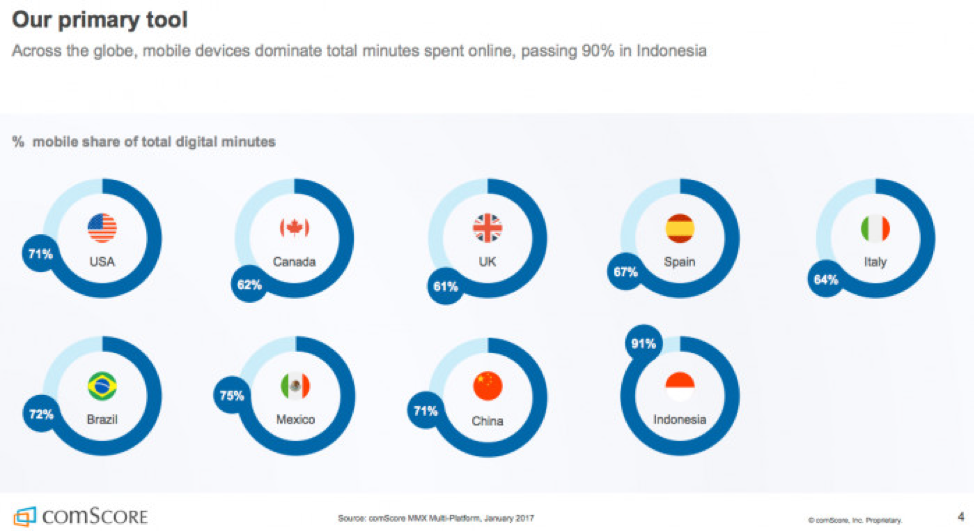



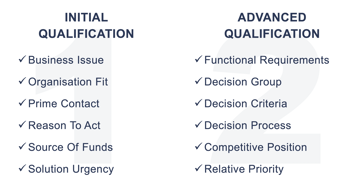 Like a growing number of other commentators, I have come to believe that the traditional BANT (Budget, Authority, Need and Timeframe) approach to sales opportunity qualification is fundamentally flawed and not fit for purpose when it comes to complex B2B sales.
Like a growing number of other commentators, I have come to believe that the traditional BANT (Budget, Authority, Need and Timeframe) approach to sales opportunity qualification is fundamentally flawed and not fit for purpose when it comes to complex B2B sales.